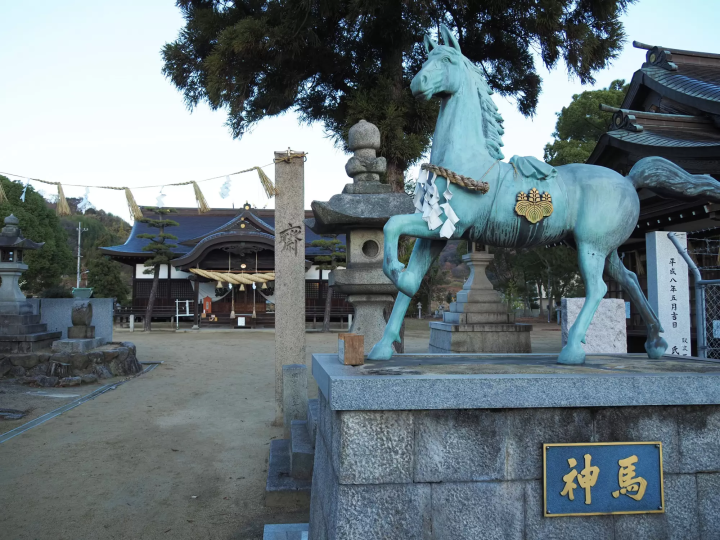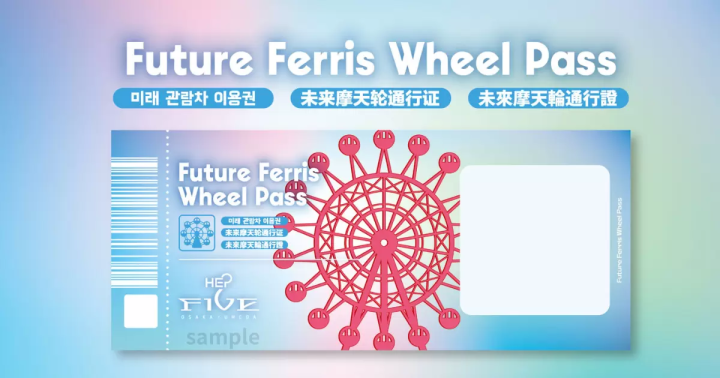[Kyoto] Introducing Daikakuji Temple, a recommended temple for when you're tired of the crowds in the popular tourist destination, Arashiyama
![[Kyoto] Introducing Daikakuji Temple, a recommended temple for when you're tired of the crowds in the popular tourist destination, Arashiyama](https://resources.matcha-jp.com/resize/720x2000/2025/06/30-237731.webp)
The popular tourist spot of Kyoto, Arashiyama area, is always crowded with many tourists. In particular, the famous bamboo forest is so crowded that it seems there are more people than bamboo. We will introduce "Daikakuji Temple" which is recommended for those who want to experience a little calm and Kyoto-like tranquility in Arashiyama.
Gold-Guide is a guide matching platform operated by JR West Communications Co., Ltd., which matches tourists visiting Japan with excellent interpreter guides and provides guided tours. In this article, Gold-Guide, which has a track record of guiding tours in various areas of Japan, will introduce you to the secret Daikakuji Temple in Arashiyama.
-
Table of Contents
- 1. Daikakuji Temple
- 2. Introducing the highlights of Daikakuji Temple
- ①Osawa Pond
- ②Shinden (the Imperial Palace) and the sliding screen paintings
- 3) Is the Hall of the Heart Sutra Engraved by the Imperial Seal connected to the Goei-do Hall by a string?
- ④The Godaido Hall and the Five Great Kings
- 3. Access: How to get to Daikakuji Temple from Kyoto Station
- 4. The elegance of Daikakuji Temple recommended by Gold-Guide
- 1. Calm your mind with a sutra copying experience
- 2. Take a leisurely stroll around Osawa Pond
- ③Seasonal events
- Gold-Guide Ikebana Saga Goryu
1. Daikakuji Temple
Daikakuji Temple is the head temple of the Shingon sect of Buddhism, located in the Sagano area, a little north of Arashiyama in Kyoto. It originated as a villa for Emperor Saga during the Heian period, and is a prestigious temple with over 1,200 years of history, having been converted into a temple in 876. Its official name is "Former Saga Imperial Palace Head Temple Daikakuji Temple," and its founder was Kobo Daishi Kukai .
The grounds are dotted with soothing spots, such as the Shinden Hall bestowed by Emperor Gomizunoo and its adorned sliding screen paintings, the hall enveloped in a solemn atmosphere, the beautiful seasonal scenery of Osawa Pond and the vermilion Heart Sutra Pagoda on its bank. The scenery reflected in the pond is especially beautiful during the autumn foliage and spring cherry blossom seasons.
You're sure to take photos that will look great on social media.
![[Kyoto] Introducing Daikakuji Temple, a recommended temple for when you're tired of the crowds in the popular tourist destination, Arashiyama](https://resources.matcha-jp.com/resize/720x2000/2025/06/23-237161.webp)
2. Introducing the highlights of Daikakuji Temple
①Osawa Pond
![[Kyoto] Introducing Daikakuji Temple, a recommended temple for when you're tired of the crowds in the popular tourist destination, Arashiyama](https://resources.matcha-jp.com/resize/720x2000/2025/06/30-237733.webp)
Osawa Pond is a tranquil and elegant pond located within the grounds of Daikakuji Temple in Sagano, Kyoto. It is said to have been built by Emperor Saga in the early Heian period in imitation of the famous Chinese scenic spot "Dongting Lake," and is known as Japan's oldest man-made forest and spring garden . As such, it is not just a pond, but a place of great historical and cultural value that combines the imperial family's aesthetic sense with their admiration for Chinese culture.
The pond has a circumference of about 1km, and visitors are enchanted by the sight of cherry blossoms in spring and autumn leaves reflected on the water's surface. Especially during cherry blossom season, the flowers blooming on the banks of the pond sway in the breeze and the petals falling onto the water's surface are like a scene from a picture scroll. In autumn, the maples turn red and orange, and the autumn leaves reflected on the water of the pond create a fantastical beauty.
Osawa Pond is also famous as a "famous spot for moon-viewing," and an event called "Moon-Viewing Evening" is held every year around the time of the harvest moon. During this event, gagaku musicians board dragon-headed boats and herring-necked boats floating on the pond, playing traditional music while admiring the moon. The full moon reflected on the pond's surface, the lights of the boats, and the sounds of gagaku music create a fantastical space that truly conveys the atmosphere of moon-viewing by Heian aristocrats to the present day.
②Shinden (the Imperial Palace) and the sliding screen paintings
Shinden
The Shinden Hall of Daikakuji Temple is a prestigious building bestowed by Emperor Gomizunoo, and is a space that strongly evokes the elegance and aesthetic sense of the former Imperial family. The word "Shinden" refers to the central building in the Imperial Palace where the Emperor lives , and the Shinden Hall of Daikakuji Temple boasts a solemnity worthy of its name.
Wall paintings
Inside, there are about 240 gorgeous sliding screen paintings by the Kano school painter, Sanraku Kano , which overwhelm visitors. The sliding screen paintings, which depict peonies, red plum blossoms, pine trees, bamboo, and more, are not just decorations, but serve to make the entire space a work of art.
In particular, the "Peony Picture" is an Important Cultural Property that is said to have been painted by the Kano School painter, Sanraku Kano, in the early Edo period, and is a partition painting that decorates the "Peony Room" of the Daikakuji Shinden. The 18 sliding door paintings feature peony flowers painted almost life-size, and the arrangement and composition of the flowers are calculated in great detail, making this a highly designed work. The vitality and elegance of the flowers are beautifully expressed, adding a touch of elegance to the quiet space.
The Crown Room and the Northern and Southern Court Period
Inside the Shinden Hall is a special room called the "Gokan no Ma," known as the place where the historic peace agreement took place during the Nanboku-cho period. When you stand in this room, you'll feel like you're experiencing a part of Japanese history , rather than just sightseeing.
★Trivia★The Northern and Southern Courts period was a 56-year period from 1336 to 1392 when there were two imperial courts in Japan, meaning that there were two emperors in Japan at the same time . Emperor Go-Daigo overthrew the samurai government known as the Kamakura Shogunate and tried to start a new political system with the Kenmu Restoration, but it did not go well, and samurai including Ashikaga Takauji, who supported Emperor Go-Daigo and overthrew the shogunate, exploded with discontent. Takauji established a new samurai government known as the Muromachi Shogunate in Kyoto, installed a new emperor (Emperor Komyo), and created the Northern Court. Meanwhile, Emperor Go-Daigo fled to Yoshino in Nara and established the Southern Court. Thus, Japan was divided into two imperial courts, the Southern Court and the Northern Court.
The Southern Court claimed to be the real emperor because they possessed the Three Sacred Treasures , the symbols of the imperial throne. However, the Northern Court, backed by the military power of the Ashikaga clan, continued to control the whole country, and this conflict involved samurai and powerful clans throughout the country, becoming a civil war that shook the whole of Japan. After nearly 60 years of conflict, Emperor Gokameyama of the Southern Court abdicated to the Northern Court emperor through the mediation of Ashikaga Iemitsu, the third shogun of the Muromachi shogunate and grandson of Takauji (the shogun who built Kinkaku-ji Temple in Kyoto). Thus, the Northern and Southern Courts were unified. From then on, the Northern Court continued the imperial line. The Northern and Southern Courts period tends to be glossed over in Japanese history textbooks, but it was actually a very dramatic and profound period. Two emperors, the rise of the samurai, and political change - it is full of developments that are like a historical novel.
3) Is the Hall of the Heart Sutra Engraved by the Imperial Seal connected to the Goei-do Hall by a string?
Mieido Hall
It is a highly sacred space that enshrines statues of important historical figures , including Emperor Saga. Its official name is "Shingyo Zenden," but it is also called "Mieido" due to its role and the importance of the statues enshrined there.
We would like to introduce you to the sacred statue enshrined in the Goei-do Hall, which is deeply connected to the history and faith of Daikakuji Temple.
Emperor Saga – Founder of Daikakuji Temple and known for copying the Heart Sutra.
* Kobo Daishi (Kukai) – A high priest who was trusted by Emperor Saga and spread Esoteric Shingon Buddhism.
Emperor Gouda – The retired emperor who restored Daikakuji Temple and ruled the country from the outside.
Prince Kojaku Nyudo – The first chief priest (founder) of Daikakuji Temple and nephew of Emperor Saga.
These sacred statues are not simply Buddhist statues, but the spiritual pillars of Daikakuji Temple, and are the subject of daily devotions and prayers through copying sutras.
The Imperial Heart Sutra Hall
The Goei-do Hall is connected to the Chokokufu Heart Sutra Hall, a hexagonal building rebuilt in the Taisho period in imitation of the Yumedono Hall of Horyu-ji Temple, by a "string" as a symbol of faith. This string represents a spiritual and religious connection rather than a physical one. Inside the Heart Sutra Hall, not only the copy of the sutra of Emperor Saga, but also those of past emperors such as Emperor Go-Kogon, Emperor Go-Hanazono, Emperor Gonara, Emperor Ogimachi, and Emperor Kokaku are enshrined. What is interesting is that it also includes a copy of the sutra of Emperor Go-Kogon, who was in conflict with the Daikakuji line during the Nanboku-cho period. This can be said to be proof that the emperors wished for peace even in the midst of conflict . The string is a symbol of the belief that prayers in the Goei-do Hall will reach the copy of the sutra of Emperor Saga stored in the Chokokufu Heart Sutra Hall, and is a symbol of the unity of the prayers of past emperors and the prayers of modern worshippers. Morning religious services are held in the Goei-do Hall, and prayers are connected from there to the Heart Sutra Hall.
![[Kyoto] Introducing Daikakuji Temple, a recommended temple for when you're tired of the crowds in the popular tourist destination, Arashiyama](https://resources.matcha-jp.com/resize/720x2000/2025/06/30-237734.webp)
The roots of copying sutras
In 818, amid a nationwide famine and epidemic, Emperor Saga, at the urging of Kobo Daishi Kukai, copied out the Heart Sutra with his own hands. It was written to pray for the peace of the nation and the health of the people , and the 276 characters were written in gold paint on dark blue paper using the "Ichi-ji San-rei" method of prostrating three times for each character. This is said to be the origin of copying sutras. Emperor Saga's copy of the sutra is called the "Imperially Sealed Heart Sutra" and there is a strict custom that it is opened by the emperor himself or an imperial envoy on his behalf only once every 60 years in the year of the Dog (a combination of the ten heavenly stems and the twelve earthly branches). The last time it was opened was in 2018, and the next time will be in 2078.
![[Kyoto] Introducing Daikakuji Temple, a recommended temple for when you're tired of the crowds in the popular tourist destination, Arashiyama](https://resources.matcha-jp.com/resize/720x2000/2025/06/23-237153.webp)
④The Godaido Hall and the Five Great Kings
The Godaido is the main building of Daikakuji Temple, and is the center of faith in the Heart Sutra, attracting many worshippers. The five great Myo-o , the guardian deities of Buddhism, are enshrined within the hall, with Acala enshrined in the center. He is surrounded by Gosanze Myo-o, Daiitoku Myo-o, Gundari Myo-o, and Kongoyasha Myo-o, and together they symbolize the power to exorcise evil and protect the truth.
The appearance of the Five Great Wisdom Kings is extremely powerful , with angry expressions, flames on their backs, and weapons in hand, making a strong impression on the viewer. This represents the anger of mercy that cuts off delusion and worldly desires, and they have an important meaning not only as objects of faith but also as places of spiritual purification .
The Godaido Hall is also known for offering the experience of copying the Heart Sutra. The time you spend in a quiet space, calming your mind as you write, will be a precious moment of relaxation for modern people.
3. Access: How to get to Daikakuji Temple from Kyoto Station
Train from Kyoto Station
JR Kyoto Station → Saga-Arashiyama Station (JR Sanin Main Line): Approximately 16 minutes (approximately 11 minutes by rapid train) Approximately 20 minutes on foot from the station, 5 minutes by taxi
·
Bus from Kyoto Station
Kyoto Station (C6 bus stop) → City bus route 28 → Daikakuji Temple: approx. 54 minutes / 230 yen
·
taxi
Kyoto Station → Daikakuji Temple approx. 35 mins (approx. 4,500 yen)
In fact, it is close to popular Arashiyama spots such as Tenryu-ji Temple and the bamboo forest area!
You can get there by taxi or on foot from the popular Tenryu-ji Temple and bamboo forest area. Kyoto buses and city buses leave from the bus stop directly opposite, allowing you to return to Kyoto Station, Shijo Karasuma, and Arashiyama. There aren't many buses, so we recommend checking the return bus timetable in advance.
![[Kyoto] Introducing Daikakuji Temple, a recommended temple for when you're tired of the crowds in the popular tourist destination, Arashiyama](https://resources.matcha-jp.com/resize/720x2000/2025/06/24-237269.webp)
4. The elegance of Daikakuji Temple recommended by Gold-Guide
1. Calm your mind with a sutra copying experience
Daikakuji Temple is also famous as a sacred place for copying sutras . By experiencing copying sutras in a quiet space, you can calm your mind and relieve the fatigue of your travels. The sutra is officially called "Hannyaharamitta Shingyo" . This sutra is one of the shortest and most famous Mahayana Buddhist scriptures. In this short sutra of only about 260 characters, the idea of "emptiness", which can be said to be the core of Buddhism, is condensed. "Empty" does not mean "nothing" but is a deep insight that "everything has no fixed substance and exists interdependently". For example, the existence that we think of as "self" is only a temporary gathering of various elements such as body, mind, memory, and environment. They are always changing and fluid. That is why there is a possibility of being free from attachment and suffering - that is the teaching of "emptiness". The Heart Sutra is not just knowledge but a guide to cultivating "wisdom (prajna)". This wisdom is the ability to see into the true nature of things. When you are about to become seized by anger, anxiety, or attachment in your daily life, remembering that "everything is empty" can lighten your heart. A particularly well-known phrase from the Heart Sutra is "Form is emptiness, emptiness is form." This means that "things that have form have no substance, and things that have no substance appear as things that have form." In other words, everything, both the visible world and the world of the mind, is constantly changing.
The Heart Sutra is deeply connected not only to Buddhist practitioners, but also to our daily lives. For example, when you fail, when you are angry at someone, when you are anxious about the future - just being able to think "this is temporary" and "everything changes" at such times can change your mindset. If you are interested, please try reading it at some quiet time. I'm sure it will gently comfort your heart.
![[Kyoto] Introducing Daikakuji Temple, a recommended temple for when you're tired of the crowds in the popular tourist destination, Arashiyama](https://resources.matcha-jp.com/resize/720x2000/2025/06/30-237737.webp)
2. Take a leisurely stroll around Osawa Pond
Japan's oldest man-made forest spring, Osawa Pond, has a 1km walking trail around it, where you can enjoy the nature of the four seasons. There are also plum and bamboo groves. In the morning and evening, the light reflects off the water's surface, making for a great chance to take some fantastic photos. The smell of the trees will soothe your soul.
First, tour the temple area, then head to the Osawa Pond area from the Godaido Moon Viewing Deck, shown in this photo. After paying the admission fee to the temple area, put your footwear in the bag provided at the entrance and take it inside the temple. (If you are only visiting the temple, put your shoes in the shoe locker.) Go down the stairs on the left side of the Godaido Moon Viewing Deck and you will find the "Osawa Pond Admission Entrance". Show your admission ticket there, put on your shoes and go outside. If you only want to explore Osawa Pond, go directly to the "Osawa Pond Admission Entrance" and pay the admission fee for Osawa Pond only there.
③Seasonal events
Although it is not as crowded as other popular tourist spots, it can get a little crowded during the spring cherry blossom illuminations and autumn foliage night viewing periods. Still, it is true that the special seasonal viewings are not to be missed. Serenity or splendor? Which do you choose? That's the question, just like Shakespeare's. It's recommended that you check the event information on the official website before visiting.
Moon Viewing Night
My favorite is the Moon Viewing Night , which will be held from October 4th (Saturday) to October 6th (Monday, Mid-Autumn Festival) in 2025.
Time: 17:30-21:00 (last entry at 20:30) *Day and night shifts
Admission fee: 500 yen for adults, 300 yen for elementary, middle and high school students (even those who visit during the day will need to pay an additional admission fee.)
In addition, special tickets will be sold separately for the aristocrats' favorite "Osawa Pond Cruise in a Dragon-Headed Goose-Headed Boat and Moon Viewing Seats at the 5th Hall (including Matcha Tea)."
At a moon-viewing evening a few years ago, I listened to young monks standing on a platform set up over the pond chanting.
![[Kyoto] Introducing Daikakuji Temple, a recommended temple for when you're tired of the crowds in the popular tourist destination, Arashiyama](https://resources.matcha-jp.com/resize/720x2000/2025/06/24-237270.webp)
Gold-Guide Ikebana Saga Goryu
Emperor Saga, who was boating on Osawa Pond, picked wild chrysanthemums blooming on Kikugashima Island in the pond and arranged them in a vase on the throne room. The shape of the chrysanthemums naturally conformed to the three laws of heaven, earth, and man, and the emperor himself said, "In the future, those who grow flowers should take this as an example." Daikakuji Temple is the head of the Saga School of Ikebana, and has over 130 branches throughout Japan, including overseas. Of course, you can see the beautiful and solemn flower arrangements offered to Buddha inside the temple, which is another pleasure of visiting Daikakuji Temple.
![[Kyoto] Introducing Daikakuji Temple, a recommended temple for when you're tired of the crowds in the popular tourist destination, Arashiyama](https://resources.matcha-jp.com/resize/720x2000/2025/06/23-237163.webp)
What did you think? There are still many hidden spots in Arashiyama and Sagano that are not well known. Behind the beautiful things are stories that cannot be helped. Please enjoy exploring the hidden history of Kyoto with your excellent storyteller Gold-Guide.
Click here for a list of Gold-Guide guides!
Check out the Gold-Guide platform here!
[Gold-Guide] is a platform that matches tourists visiting Japan with excellent interpreter guides and offers guided tours. We provide memorable guided tours for customers looking for a special experience in Japan. We want to share the charm of Japan with people all over the world.
The contents on this page may partially contain automatic translation.



![[Gold-Guide] The biggest attraction is the excellent interpreter guide](https://resources.matcha-jp.com/resize/200x2000/2024/11/29-212921.webp)
![[Kyoto] Introducing Daikakuji Temple, a recommended temple for when you're tired of the crowds in the popular tourist destination, Arashiyama](https://resources.matcha-jp.com/resize/720x2000/2025/05/28-234783.webp)
![[Kyoto] Introducing Daikakuji Temple, a recommended temple for when you're tired of the crowds in the popular tourist destination, Arashiyama](https://resources.matcha-jp.com/resize/720x2000/2025/05/28-234782.webp)



















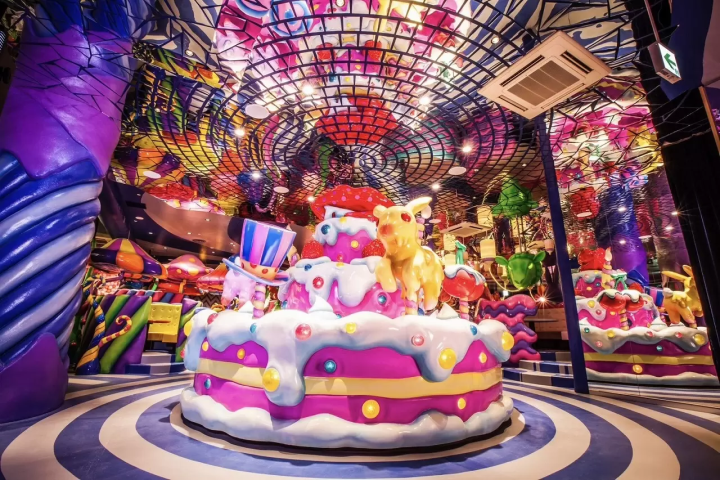
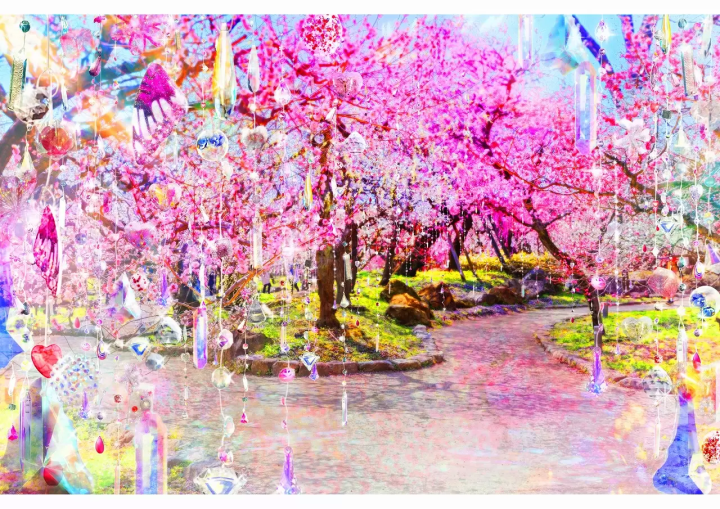
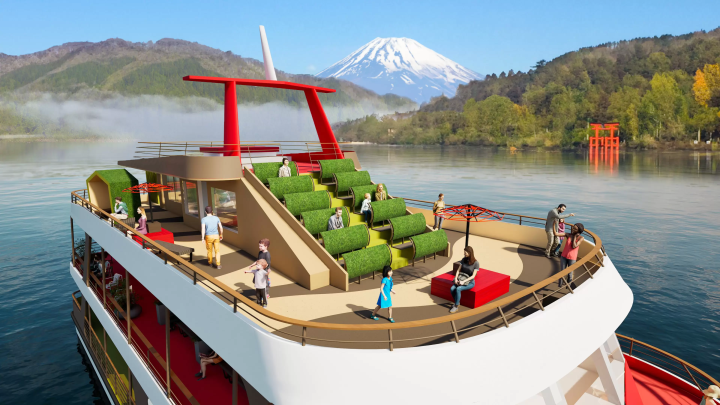

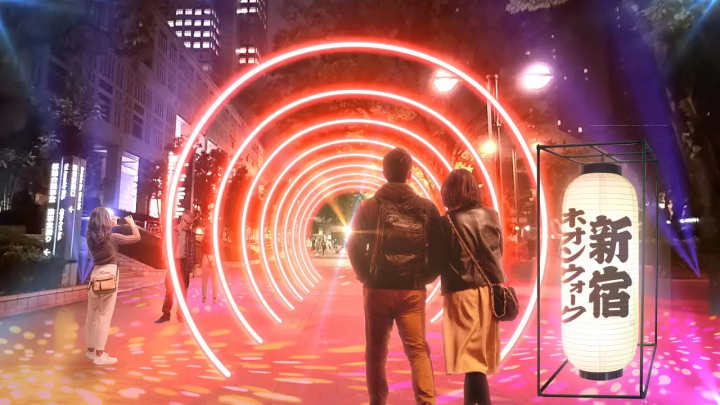



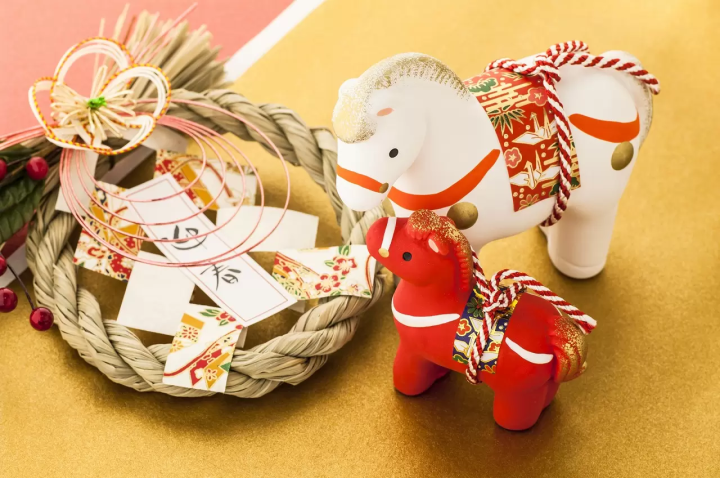

![[2026] Top 5 Strawberry Picking Spots in Tokushima, Naruto| Farms and Access Guide for January to May](https://resources.matcha-jp.com/resize/720x2000/2025/03/06-227165.webp)


